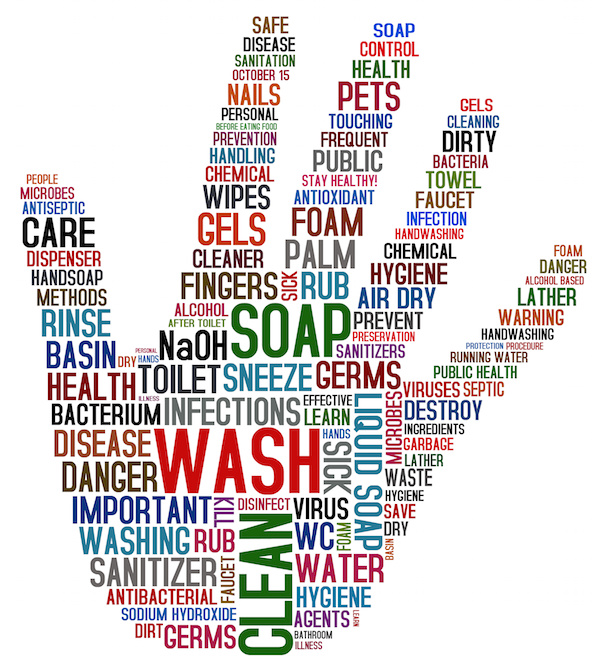
WEDNESDAY, Feb. 12, 2014 (HealthDay News) — About one in 14 women worldwide has reported being sexually assaulted by someone other than an intimate partner, according to a new report.
In what is being called landmark research, investigators from South Africa, England and the World Health Organization looked at 77 studies published from 1998 to 2011 that contained data about non-partner sexual violence against women aged 15 and older in 56 countries.
Non-partner sexual violence is committed by people such as strangers, friends, acquaintances, colleagues, teachers, neighbors and family members other than partners.
The researchers found that 7.2 percent of women reported such an incident at some point in their lives, according to the study, which was published Feb. 11 in the journal The Lancet.
The United States and Canada, however, had sexual-assault rates well above the global average, at 13 percent.
Rates varied widely by country, with the highest reported in Africa. In the Democratic Republic of Congo, 21 percent of women reported sexual violence; the rate was 17.4 percent in Namibia, South Africa and Zimbabwe. Australia and New Zealand also reported high rates (16.4 percent).
The lowest rates were reported in Turkey (4.5 percent) and India and Bangladesh (3.3 percent each).
Rates in eastern European countries such as Lithuania, Ukraine and Azerbaijan were about 7 percent — much lower than central European countries such as the Czech Republic, Poland, Kosovo and Serbia and Montenegro (10.7 percent) and western European countries such as Switzerland, Spain, Sweden, the United Kingdom, Denmark, Finland and Germany (11.5 percent).
“We found that sexual violence is a common experience for women worldwide, and in some regions is endemic, reaching more than 15 percent in four regions,” Naeemah Abrahams, of the South African Medical Research Council, said in a journal news release. “However, regional variations need to be interpreted with caution because of differences in data availability and levels of disclosure.”
The actual extent of non-partner sexual violence is probably much greater, Abrahams said, but the stigma and blame associated with the crime results in underreporting and a lack of accurate data.
“Our findings highlight the need for countries to have their own population-based data on the levels of sexual violence by different perpetrators to improve understanding of the magnitude of the problem and the main risk factors, and to develop appropriate policies and responses, including primary prevention interventions and comprehensive services to treat victims of sexual assaults,” she said.
The study is a “landmark in its scale and rigor,” Kathryn Yount, of Emory University in Atlanta, wrote in an accompanying editorial.
She said the study reveals rates that are “unacceptably high on public-health and human-rights grounds,” and that non-partner sexual violence is neither rare nor limited to certain areas of the world.
“Effective responses will require widespread legal and institutional change,” Yount said.
More information
The U.S. Office on Women’s Health has more about sexual assault.
Copyright © 2025 HealthDay. All rights reserved.

